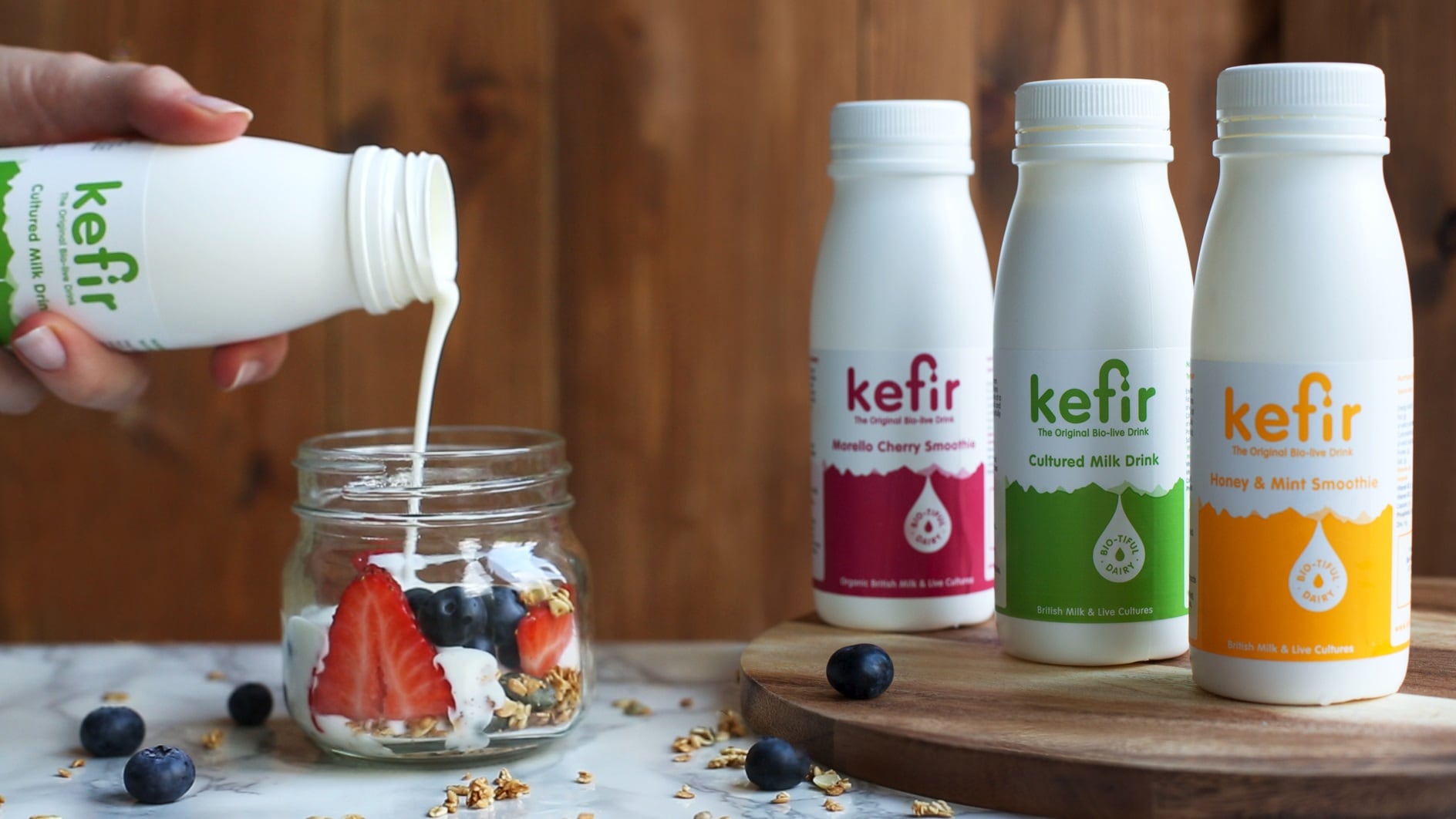Understanding what different generations want is important for marketers, but for a brand to succeed, it needs to cast its net wide.
Food and beverage brands go to great lengths to reach specific target demographics. From re-inventing cottage cheese as a trendy Gen Z protein snack to appealing to active adults through yogurt pouches or to Millennials through new Stilton cheese formats, manufacturers are relentlessly pushing the marketing flywheel to spark interest and drive growth.
But while catering to the nuanced needs of different consumer cohorts is important, addressing common priorities and concerns can really drive brand equity.
According to Ipsos’ 2025 Generational Marketing report¹, focusing on one generation over another can foster division and lead to missed opportunities.
To bridge the generational divide, companies should get the basics right: create good brand value, stay competitive, and bring out a product portfolio that problem-solves for consumers based on their life stage rather than age.
What matters to all consumers?
Price, quality, and brand values that align with consumers’ own are the three key elements of fostering cross-generational appeal, according to the report.
On average, 70% of global consumers say they tend to buy brands that reflect their personal values, Ipsos found. But price and value matter more – way more.
Across different income groups (from those earning under $50,000 to those netting $125,000+), 80% of consumers said they would choose a brand or product based on its price – compared to 20% for whom what a brand stands for would dictate their buying choices.
The market research company highlighted that 8 in 10 Americans would pick price and quality over a brand’s stated value ‘even when saying they also express a preference for brands aligned with their beliefs’.
Besides delivering well-priced, good-quality products and fostering a positive brand identity, how else can companies ‘speak’ to all consumers?
Empathy
Empathy is a key component in all relationships, and applying it to advertising can lift sales and improve brand affinity. “Across generations, empathetic advertising drives brand equity and delivers greater sales lift,” Ipsos points out.
According to data from an Ipsos Global Ad Testing Meta-analysis, adverts that are both entertaining and convey empathy have a 20% greater potential to lift sales.
Even adverts that scored low on the market research company’s creativity metric but high on empathy had a 4% chance of improving sales, compared to the average of the Ipsos database.
Problem-solving
Another way to appeal to all generations is to focus on demonstrating how a brand or a product can be a part of a common solution.
For food brands, this can be done by addressing macro trends such as indulgence or digestive health through product innovation (think a new ice cream flavors and formats or functional beverages).
It can also mean positioning whole foods such as yogurt as a product that provides satiety and helps consumers on a weight management journey stay fuller for longer.
Focus on life stages
Rather than sticking to generational labels, brands should focus on catering to consumers at different life stages irrespective of their age, the report suggests.
Ensuring a company’s portfolio has products that cater to individual life-stage needs is important to appeal to multiple generations. Think protein shakes for active adults and natural flavored yogurt for children.
Diversity
Positive messaging that conveys empowerment and inclusivity is also key to sparking brand growth. According to Ipsos’ Advertising for Better Representation report², ads that score high on diversity, equality and inclusivity (DEI) score 21% higher on empathy and 18% higher on creative ideas than ads that were low on DEI.
“The portrayal of individuals in a positive, inclusive, and non-stereotypical manner in advertising holds the potential not only for short-term behavior change, but also for fostering resilient, long-term connections with consumers,” conclude the report’s authors, Jill Urlage and Aurelie Jacquemin. “Signaling what is good for society is also good for the brand.”




